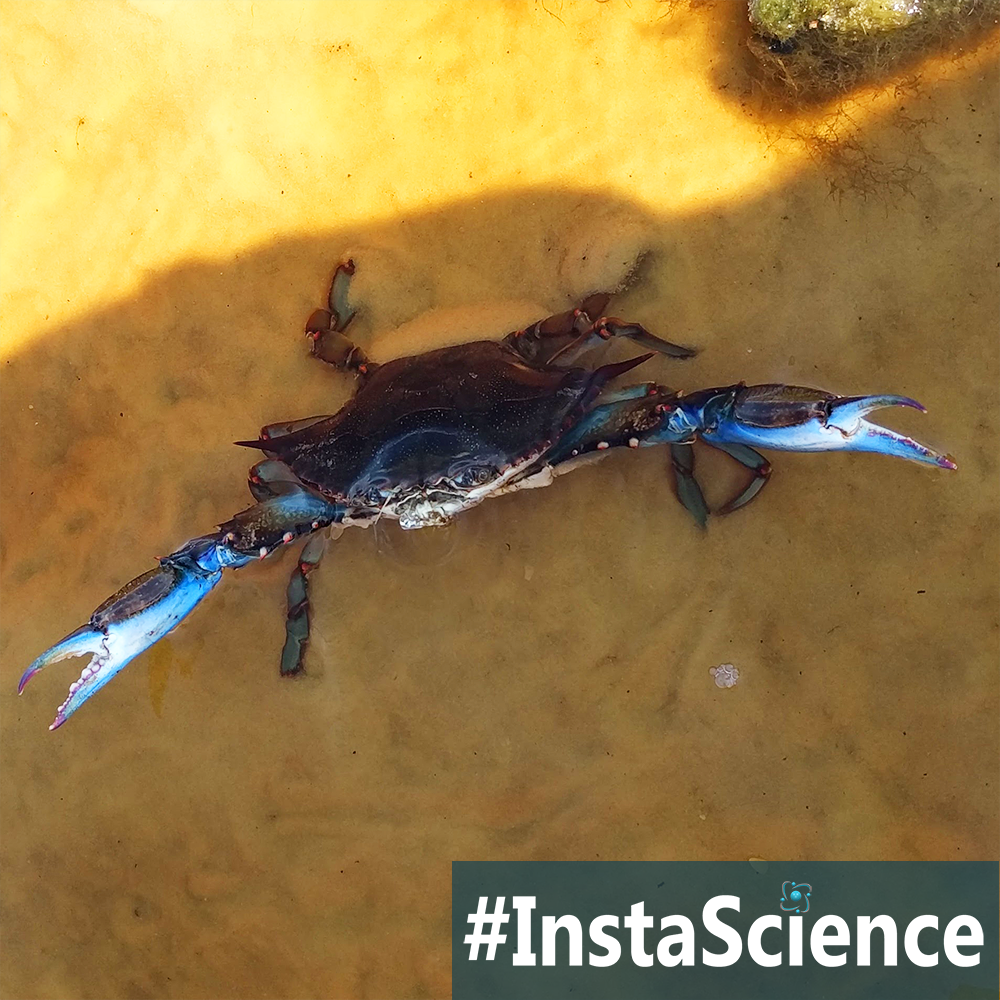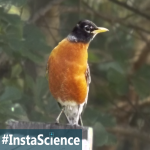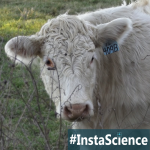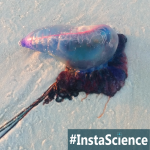
I grew up right off the Chesapeake Bay. I can remember spending lazy summer days swimming in the tributaries of the bay and catching our dinner of blue crabs off the docks. I learned how to tie up a chicken neck like a champ before I learned how to drive. And I used to be able to pick one of these crustaceans clean in a flat minute.
Blue crabs are easily spotted because of their bright blue claws and olive colored carapace. If the adult crab is a female, there will be a red highlight on the tip of its pincers. But another way you can distinguish between a male and a female blue crab is by flipping them over to look at their aprons. The female has soft-triangular apron that looks a bit like a dome, while the male blue crab has a t-shaped apron.
Blue crabs have five pairs of appendages, or legs. The back set act like paddles to help the crabs to swim through the water. The middle three sets allow the crabs to walk sideways along the bottom of the ocean and other surfaces, like a dock post. The front set has large, powerful claws use for digging, fighting, and gathering food. As they grow, the crabs shed their outer shell in a process called molting. This reveals a new soft shell that will harden over the course of a week or so.
Blue crabs are mostly found in coastal lagoons in the Atlantic and in the Gulf of Mexico. They feed on almost anything they can get hold of, such as mussels, plants, fish, and snails. Because of this they are known as the scavengers of the sea. Blue crabs play an important role in managing the populations of the animals they prey on and constant overharvesting has had wide-ranging negative effects on the ecosystems they inhabit.
Fun Fact
The scientific name of blue crab is callinectes sapidus meaning “beautiful savory swimmer.”
Learn More at the Following Website Links
- https://www.nwf.org/Wildlife/Wildlife-Library/Invertebrates/Blue-Crab.aspx
- http://chesapeakebay.noaa.gov/fish-facts/blue-crab
- http://www.aqua.org/explore/animals/blue-crab





Join the Community!